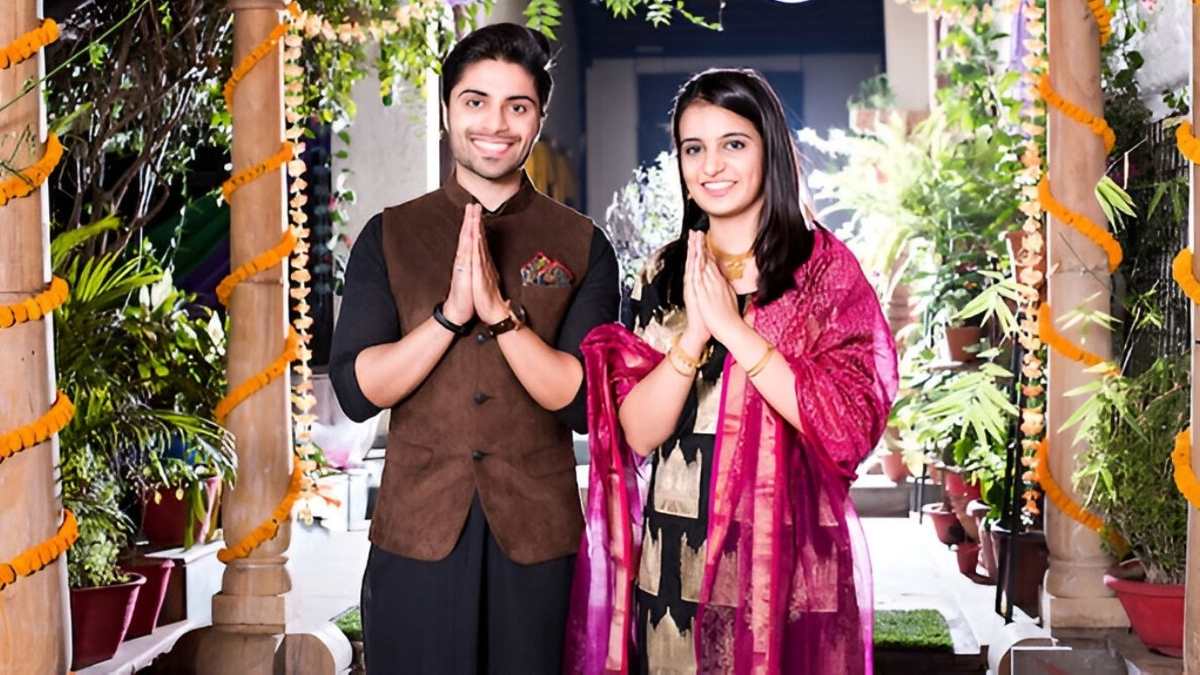
Marriage bureaus have been an essential part of the matchmaking process for centuries. Initially, they operated in a traditional setting, focusing mainly on face-to-face interactions and community-based matchmaking. However, with the rise of technology, marriage bureaus have undergone a significant transformation. Today, digital platforms are leading the way, offering more convenience and wider reach. Let’s explore how marriage bureaus have evolved from traditional methods to the digital age.
Traditional Marriage Bureaus: A Step Back in Time
1. Personal Meetings and Referrals
In the past, marriage bureaus relied heavily on personal meetings, where individuals and families would visit the bureau to find suitable matches. Word of mouth, referrals, and community recommendations played a huge role in this process.
- Benefit: Personal touch and trust were established.
- Example: Families would meet face-to-face, building relationships through introductions.
2. Limited Reach
Traditional marriage bureaus mainly operate locally, limiting their reach to people within a particular geographic area or community. This made the process slower and sometimes harder for individuals to find a match that met their criteria.
- Drawback: Restricted to local options.
- Example: Families in smaller towns would struggle to find matches outside their immediate community.
3. Time-Consuming Process
The process of finding a suitable partner was often lengthy, requiring multiple meetings, discussions, and visits to the bureau. This made the matchmaking process slow and often stressful for both parties.
- Drawback: Long and stressful process.
- Example: Delays in arranging meetings and verifying details could lead to frustration.
The Shift to Digital: The Modern-Day Marriage Bureau
1. Online Platforms and Matchmaking Services
With the advent of the internet, many marriage bureaus began to shift to digital platforms, allowing users to register and browse potential matches from the comfort of their homes. These online services offered detailed profiles, photos, and preferences, enabling faster matchmaking.
- Benefit: Greater convenience and efficiency.
- Example: People can now view matches from various locations without having to meet in person.
2. Expanded Reach and Global Connections
Digital platforms broke down geographic barriers, allowing people from across the world to connect. Marriage bureaus now cater to people from different cities, countries, and even cultures, broadening the pool of potential matches.
- Benefit: A wider variety of choices.
- Example: Someone in Delhi can now find a match in the United States or Europe.
3. Personalized Matchmaking Through Algorithms
Modern marriage bureaus use sophisticated algorithms and AI to suggest compatible partners based on personal preferences, backgrounds, values, and goals. This data-driven approach allows for more precise matches than ever before.
- Benefit: Matches based on compatibility and detailed preferences.
- Example: A marriage bureau might suggest matches based on hobbies, education, and family values.
4. Video Profiles and Virtual Meetings
With the rise of video calling technology, marriage bureaus have incorporated virtual meetings and video profiles. This enables individuals to get a better sense of their potential partners before meeting in person.
- Benefit: Helps build a deeper connection before physical meetings.
- Example: People can now have a video call to see and talk to their match before deciding to meet in person.
Advantages of Digital Marriage Bureaus
- 24/7 Access: Digital platforms allow users to browse profiles and connect with potential matches at any time, from anywhere.
- Increased Transparency: Profiles are detailed, including educational background, interests, and family values, making it easier to assess compatibility.
- Faster Process: The time it takes to find a match has significantly decreased, thanks to the speed and efficiency of online platforms.
- Privacy and Security: Many digital marriage bureaus offer secure systems to protect personal data and ensure privacy.
Challenges in the Digital Transition
- Overwhelming Choices: With a larger pool of options, users can sometimes feel overwhelmed or confused about making the right choice.
- Lack of Personal Touch: Some people may miss the traditional face-to-face interactions, which can help build trust and understanding.
- Fake Profiles: There is also the risk of encountering fraudulent or dishonest profiles, although most digital bureaus have measures in place to address this.
The Blessings Matrimonials
The Blessings Matrimonials is Delhi’s best matrimonial agency, dedicated to helping individuals find their perfect life partners. With a focus on compatibility, mutual respect, and cultural values, TBM offers personalized matchmaking services to cater to diverse communities. Their expert team ensures a smooth and successful matchmaking process, providing trusted guidance every step of the way. Whether you’re searching for a life partner or need expert guidance, The Blessings Matrimonials is dedicated to making your marriage journey smooth and hassle-free.
Wrapping Up
The evolution of marriage bureaus from traditional methods to digital platforms has made the matchmaking process much more efficient and accessible. While the personal touch of face-to-face meetings may still be valued by some, the convenience, broader reach, and advanced features of digital platforms have revolutionized the way people find life partners today. Whether traditional or digital, the ultimate goal remains the same — to bring together two people based on love, compatibility, and shared values.
Don’t Miss: 5 Pros and Cons of Social Media on Marriage and Family


